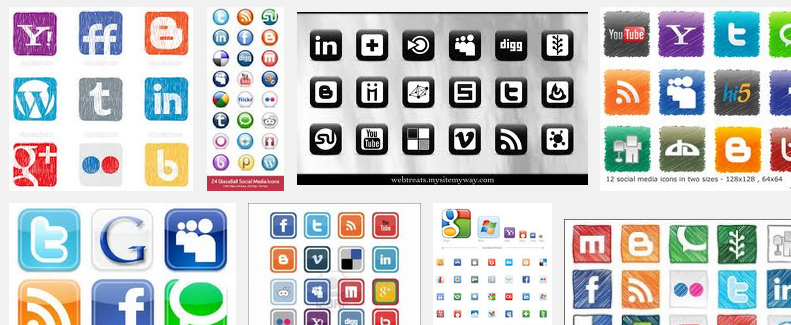Category: Web Development
-
On Scaling WordPress
In yesterday’s post, I mentioned that to scale WordPress you “just cache it.” That’s a pretty big claim to make without any sort of references. Here’s Peter Chester of Modern Tribe’s talk on the subject from WordCamp LA 2011.
-
The One Where I Read The Mule Blog
I stumbled across the Mule Design blog yesterday. It’s good. I had a minor epiphany (is there a word for that?) when I read this: When a client says, “I don’t like green”, most designers translate the sentence into “You must change the green.” But no one asked you to, did they? They merely made…
